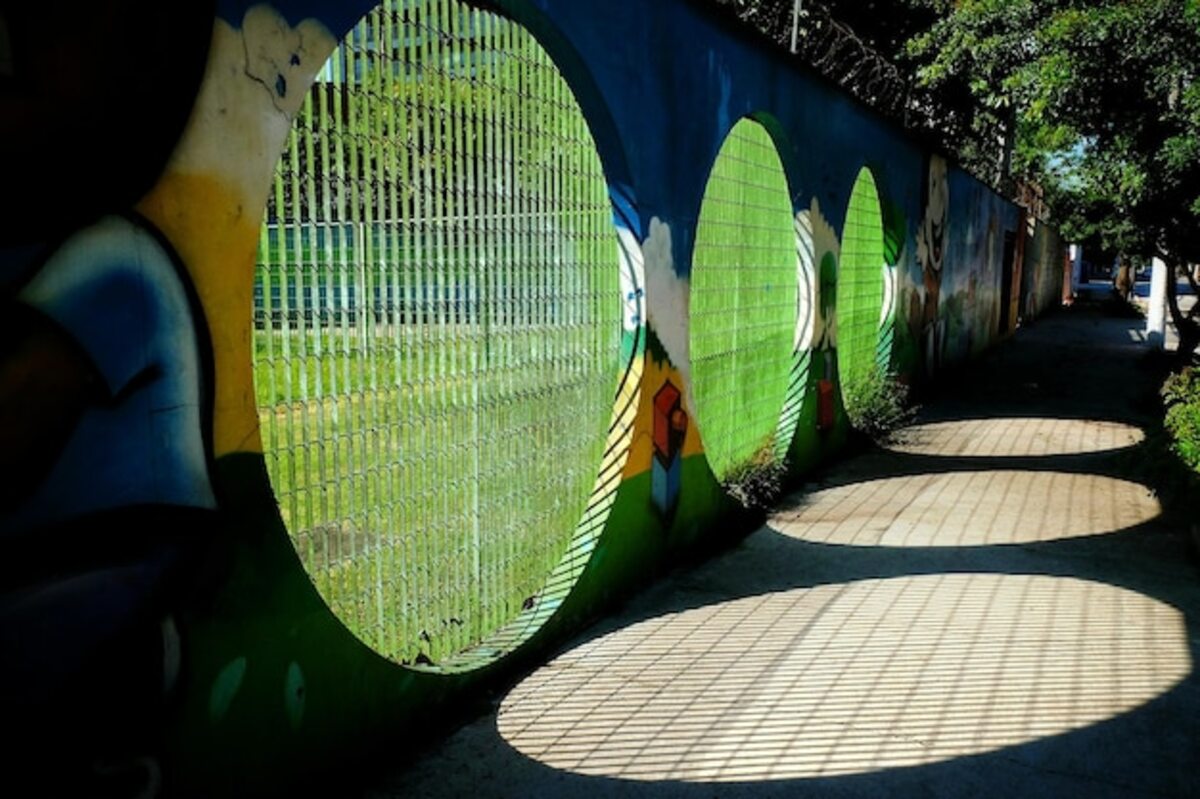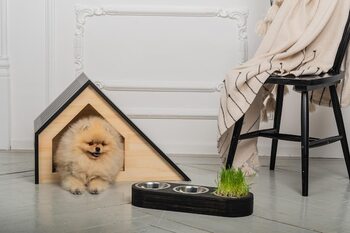Urban spaces: design that inspires well-being and creativity

Urban spaces: design that inspires well-being and creativity is more than just a simple concept; it is an invitation to transform our cities into havens of inspiration and well-being. In a world where life accelerates, well-designed urban spaces offer us a breath of fresh air, fostering creativity and emotional balance. Through the intelligent use of architecture, landscaping, and community art, we can create environments that not only beautify our streets but also nurture our souls. Discover how these elements can change your perspective on urban life.
The importance of nature in urban environments
Nature plays a fundamental role in shaping urban environments that foster well-being and creativity. The incorporation of green spaces, such as parks and gardens, not only beautifies cities but also provides a vital escape from the daily hustle and bustle. These spaces act as lungs for urban areas, improving air quality and reducing stress. The presence of nature in our streets invites us to reconnect with the environment, promoting moments of reflection and tranquility amidst the fast pace of urban life.
Moreover, studies have shown that natural elements can have a significant impact on our emotional and mental state. Vegetation not only provides shade and coolness but also stimulates our creativity by offering us pleasant and varied visual stimuli. Environments that integrate nature tend to foster more positive social interactions, creating more cohesive communities. By designing urban spaces with a focus on nature, we are creating not only beautiful places but also environments where people can thrive both physically and emotionally.
2. Inclusive design: spaces for everyone
Inclusive design is essential to ensure that all citizens can fully enjoy urban spaces. By creating accessible and welcoming environments, active participation from diverse communities is encouraged, including people with disabilities, older adults, and families with young children. This involves not only the removal of physical barriers, such as stairs or poorly maintained sidewalks, but also the implementation of elements that promote social interaction, such as accessible playgrounds and comfortable benches in parks. Inclusive design not only benefits those with specific needs; in doing so, we improve the quality of life for everyone.
Furthermore, inclusive design goes beyond physical accessibility; it also encompasses cultural and social aspects. Urban spaces must reflect the diversity of the community that inhabits them, incorporating local art and cultural elements that highlight the stories and traditions of their residents. For example, community murals or spaces for cultural events allow local voices to be heard and celebrated. By integrating these features into urban design, a sense of belonging is created among residents, and a greater emotional connection to their environment is promoted. Ultimately, an inclusive approach to urban design fosters well-being by providing each individual with a space where they feel valued and integrated.
3. Urban art as a driver of creativity
Urban art has established itself as a powerful engine of creativity, transforming common spaces into open-air galleries that invite reflection and interaction. Vibrant murals, contemporary sculptures, and street art pieces not only beautify the streets but also tell stories, reflect the cultural identity of a community, and foster a sense of belonging among its inhabitants. These creative elements, when integrated into urban design, create a stimulating environment that inspires passersby to explore their surroundings from a new perspective.
Moreover, urban art encourages active participation of citizens in community life. By involving local artists and residents in collaborative projects, a space is created where each individual can express their vision and contribute their talent. This not only enhances collective creativity but also promotes intercultural dialogue and generates a sense of local pride. Thus, urban spaces become true centers of innovation where creative thinking flourishes, helping to build more cohesive and inspiring communities for all their members.
4. Green spaces: oases in the midst of concrete
Green spaces in the middle of cities have become true oases, where nature and design intertwine to offer a respite from the daily hustle and bustle. These urban lungs not only beautify the landscape but also play a fundamental role in the mental and emotional health of citizens. By incorporating gardens, parks, and green areas into urban design, a more active and healthy lifestyle is promoted while enhancing collective creativity. Interaction with nature has been shown to lower stress levels, improve concentration, and stimulate imagination, making these spaces ideal for escaping the concrete.
Additionally, green spaces promote social cohesion by becoming meeting points for diverse communities. Imagine a park where families, artists, and athletes converge; this is where innovative ideas and meaningful connections emerge. These areas are not just personal refuges; they are vibrant stages where people can share experiences, participate in community activities, or simply enjoy the outdoors. Thus, green spaces not only provide individual well-being but also nurture the social fabric of our cities, creating an environment conducive to creativity and personal development in harmony with our urban surroundings.
5. The influence of color in urban design
The influence of color in urban design is a fundamental aspect that can radically transform the perception of a space. Colors not only beautify the facades of buildings but also have deep psychological effects on those who inhabit and transit them. Warm tones like yellow and orange can evoke feelings of joy and energy, while blues and greens tend to convey calmness and serenity. By integrating a well-thought-out color palette into urban design, an environment can be created that fosters creativity and connection among people, turning streets into places where imagination is unleashed.
Additionally, the use of color can serve as a powerful tool to orient and guide people within an urban space. Distinctive colors can mark specific areas, signal pathways, or highlight points of interest, thus facilitating navigation and enhancing the overall user experience. In this sense, color is not limited to being an aesthetic issue; it also plays a functional role by contributing to the visual organization of cities. Therefore, by carefully considering how to apply color in urban environments, a range of possibilities opens up to design spaces that truly inspire well-being and creativity.
6. Social interaction: creating vibrant communities
Social interaction is a fundamental pillar for the creation of vibrant communities within urban spaces. By designing areas that encourage meeting and coexistence, such as plazas, parks, and pedestrian zones, the establishment of bonds between residents is facilitated. These spaces not only serve as places for recreation but also become settings where people can share experiences, exchange ideas, and collaborate on community projects. By integrating elements such as comfortable benches, picnic tables, and interactive play areas, a welcoming environment is promoted that invites everyone to participate and enjoy the collective surroundings.
Furthermore, the incorporation of community art in these spaces can be a catalyst for social interaction. Collaborative murals, participatory sculptures, and cultural events transform ordinary places into focal points of creativity and local identity. These initiatives not only beautify the urban landscape but also generate a sense of belonging among residents. When people see their own history reflected in the space they inhabit, social bonds are strengthened and commitment to the community increases. Thus, by designing our urban environments with an inclusive and participatory approach, we are sowing the seeds for a more cohesive and resilient society.
7. Transformation of forgotten spaces into inspiring places
The transformation of forgotten spaces into inspiring places is a process that can revitalize not only the aesthetics of a city but also its community. Often, neglected and deteriorated areas can become oases of creativity and coexistence with proper planning. For example, an old industrial building can be rehabilitated to house art galleries or creative studios, while a vacant lot can be transformed into a community garden where neighbors come together to cultivate both plants and interpersonal relationships. These interventions not only beautify the environment but also promote social interaction and a sense of belonging among residents.
The power of urban design lies in its ability to transform the ordinary into the extraordinary. Previously forgotten spaces can reclaim their place as hubs of inspiration and well-being through the intelligent use of color, lighting, and natural elements. The inclusion of vibrant murals, welcoming urban furniture, and green areas enhances the visual quality of the environment and provides people with spaces to stop, reflect, and interact. By rethinking these urban corners, we are creating not only attractive physical places but also environments that nurture our creativity and emotional well-being, inviting everyone to experience the inherent beauty of mindful design.



